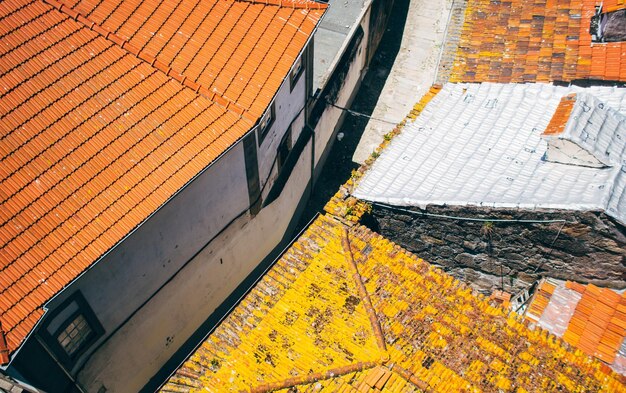How Long Can You Expect Your Roof to Last?
Understanding the longevity of your roof is crucial for preventing unexpected repair costs and maintaining the value of your home. Yet, anyone faced with the prospect of replacing their roof likely asks the same question: How long is a roof good for? The answer isn't straightforward, as it hinges on various factors including the materials used, climate, and maintenance practices.
Determining Roof Longevity
Material Matters: The type of material your roof is made from greatly influences its lifespan. Here's a basic rundown:
- Asphalt shingles: The most common roofing material, lasting 15 to 30 years.
- Wood shingles and shakes: These have a lifespan of 20 to 40 years but require regular maintenance to withstand elements.
- Metal roofing: Known for durability, metal roofs can last 40 to 70 years when properly maintained.
- Tile and slate: These materials can endure for the long haul, typically lasting 50 years or more.
- Flat roof systems (membranes): Varying from 20 to 25 years, depending on material quality and installation.
Climate's Role: Environmental conditions can accelerate roof aging. Regions with intense sun exposure, heavy rainfall, snow, or strong winds may see shorter roof lifespans due to the constant battering and potential for damage.
Maintenance and Care: Regular roof inspections and maintenance can extend the life of your roof significantly. Clearing debris, repairing minor damages, and checking for leaks should be part of an annual routine to ensure your roof's longevity.
Financing Your Roof: Navigating Costs and Aids
A roof replacement can represent a substantial financial burden, with costs running into thousands of dollars. Fortunately, several financial solutions can support you:
- Home equity loans: These loans allow you to borrow against your home's equity at lower interest rates, although they require using your home as collateral.
- Government programs: Depending on your location, government aid or incentives might be available to subsidize eco-friendly roofs or improve energy efficiency.
- Federal Housing Administration (FHA) loans: The FHA offers Title I loans for property improvements, which can include roof replacements.
- Insurance claims: If damage is due to weather or other covered events, homeowner's insurance might cover repairs or replacements.
- Credit cards: For smaller projects, a 0% introductory APR credit card could help spread costs without interest overhead, if you can pay it off within the promotional period.
Beyond the Roof: Unlock Financial and Educational Resources
When facing major expenses like roof replacement, exploring broader support can be beneficial. Whether you're looking to stretch your budget through financial aid or expand your knowledge with educational opportunities, there's help available.
Here's a list of practical solutions for financial and educational empowerment:
🏡 Government Housing Programs: Look into local and national programs offering financial assistance for home improvements.
💳 Low-Interest Credit Options: Compare credit card deals offering low or zero-interest periods to finance renovations.
🎓 Educational Grants: Tap into educational grants if you're interested in learning about sustainable building practices and energy efficiency.
📈 Debt Counseling Services: Seek advice from financial experts to manage debt and prioritize necessary home investments effectively.
💼 Job Training Programs: Consider job training or certification in roofing or related construction trades for potential savings on DIY repairs or career expansion.
In conclusion, understanding the lifespan of your roof and exploring financial aid avenues can ease the burden of necessary home improvements. By proactively maintaining your roof and leveraging available resources, you can ensure your home remains safe, sound, and financially manageable for years to come.
